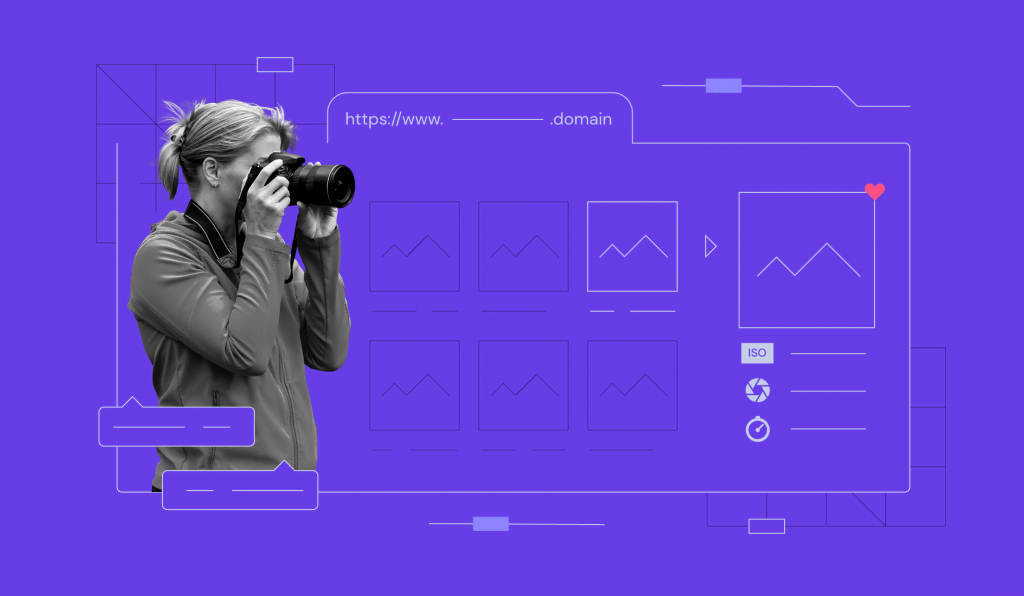Do I Need a Website? Benefits of Having a Website for Personal and Professional Use
With how many people use the internet for information and business, owning an online platform has become more important now than ever. Setting up a...
How Much Does It Cost to Build a Website for a Small Business in 2025
Many small business owners hesitate to establish an online presence, believing that building small business websites is costly. This misconception...
Website Builder vs CMS: User-Friendliness, Cost, Features, Scalability, and More
Website builders and content management systems (CMS) are popular site creation tools. These platforms let you create all types of websites, from...
Top 15 Minimalist Website Examples for Simple and Clean Web Design Inspiration
Web design is a critical part of website-building basics. It creates a first impression for your visitors and lays the foundation for your site...
Website Builder vs Coding: Which Method Suits You Best
Two common ways to create a website are using a builder platform or manually coding it. While you can create a functional website with either method,...
What Is the Difference Between a Blog and a Website: Content, Monetization, and Updates
Many people use the terms blog and website interchangeably, leading to the assumption that they’re identical. Even though they’re typically built...
Best Practices for Building a Website – 8 Guidelines to Follow
If you want to make a functional yet simple website for your small business or personal needs, you must first learn the web development essentials,...
How to make a photography website: 9 simple steps to attract clients and gain exposure
A professional photography website helps display your work, boost your visibility, and form connections with potential clients. It also strengthens...
What is cloud hosting? Understanding its benefits and when you should use it
If you’re looking to take your business site to new heights, switching to cloud hosting is undoubtedly the right choice. Compared to shared hosting,...

